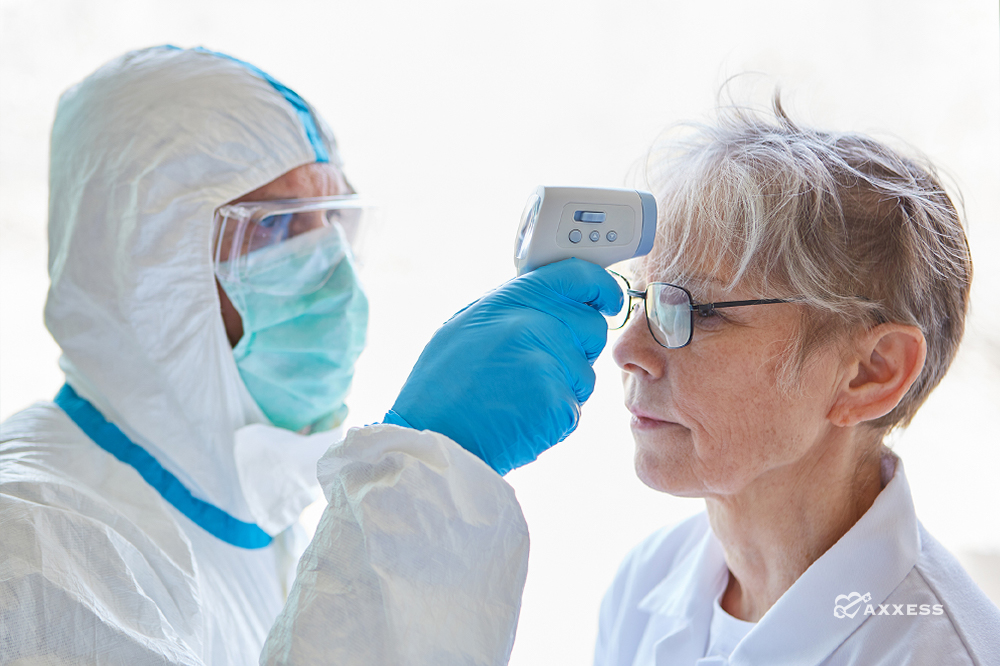
Proper use of recommended personal protective equipment (PPE) and meticulous hand hygiene are your best defenses against the coronavirus (COVID-19). It is important to remember that basic infection control measures pertaining to droplet transmission of respiratory illnesses should guide your practice. According to the Centers for Disease Control and Prevention (CDC), proper adherence to recommended infection control practices, including all recommended PPE, should protect healthcare providers exposed to prolonged close contact with patients infected with COVID-19.
High-Risk Exposure
Healthcare professionals in the high-risk exposure group have been in close contact with a patient who has COVID-19 and was not wearing a face mask while the healthcare provider’s nose and mouth were exposed to contaminated material or aerosols.
Medium-Risk Exposure
Healthcare professionals in the medium-risk exposure group have been in close contact with a patient who has COVID-19 and was wearing a face mask while the healthcare provider’s nose and mouth were exposed to contaminated material or aerosols.
- Some low-risk exposures are considered medium-risk, depending on the type of care activity performed. For example, a healthcare provider wearing a gown, gloves, eye protection and a face mask (instead of a respirator) during an aerosol-generating procedure would be considered to have a medium-risk exposure. If an aerosol-generating procedure was not performed, the exposure would be considered low risk.
- Healthcare providers in the high- or medium-risk exposure categories should undergo active monitoring, including restriction from work in any healthcare setting until 14 days after the last exposure. Providers in this category who develop a fever (measured temperature >100.0o F or subjective fever) OR respiratory symptoms consistent with COVID-19 (e.g., cough, shortness of breath, sore throat) should immediately self-isolate (separate themselves from others) and promptly notify their local or state public health authorities and healthcare facility to coordinate consultation and referral to a healthcare provider for further evaluation.
Low-Risk Exposure
Healthcare professionals in the low-risk exposure group have engaged in brief interactions with a patient with COVID-19, or prolonged close contact with an infected patient who was wearing a face mask for source control while the healthcare professional was wearing a face mask or respirator. Use of eye protection, in addition to a face mask or respirator, would further lower the exposure risk.
- Healthcare providers in the low-risk exposure group should perform self-monitoring with delegated supervision until 14 days after the last potential exposure. Asymptomatic providers in this category are not restricted from work. They should check their temperature twice daily and remain alert to any respiratory symptoms consistent with COVID-19 (e.g., cough, shortness of breath, sore throat). They should ensure they are afebrile and asymptomatic before leaving home and reporting for work. If they do not have a fever or respiratory symptoms, they may report to work. If they develop a fever (measured temperature greater than or equal to 100.0 degrees Fahrenheit or subjective fever) OR respiratory symptoms, they should immediately self-isolate (separate themselves from others) and promptly notify their local or state public health authorities and healthcare facility to coordinate consultation and referral to a healthcare provider for further evaluation.
Axxess is your partner in care in the home education and technology solutions. Find additional COVID-19 information on our resources page and in our Help Center.
